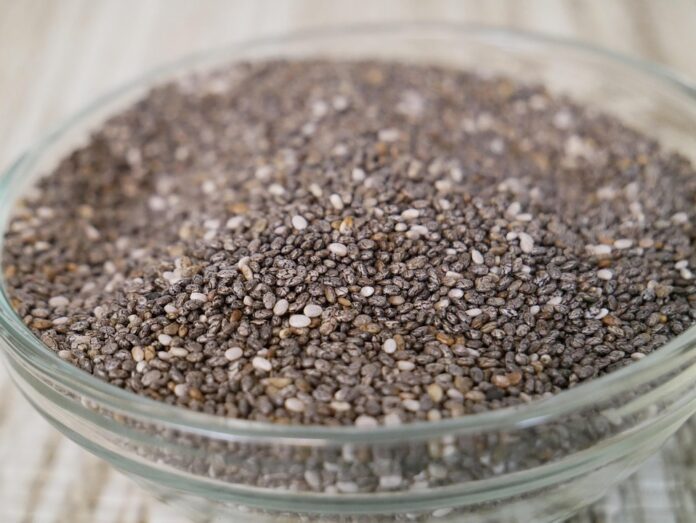Introduction
Chia seeds have gained popularity in recent years due to their numerous health benefits and versatility in culinary applications. This report will provide a comprehensive overview of the chia seeds production, trade, and consumption industry, focusing on key market trends, major players, and future prospects.
Global Chia Seeds Market Overview
Market Size and Growth
The global chia seeds market has been experiencing steady growth in recent years, driven by increasing consumer awareness of the health benefits associated with chia seeds. According to a report by Grand View Research, the global chia seeds market size was valued at $1.5 billion in 2020 and is projected to reach $2.5 billion by 2027, growing at a CAGR of 5.8% during the forecast period.
Key Market Drivers
The growing demand for plant-based protein sources, rising health consciousness among consumers, and the increasing use of chia seeds in various food and beverage products are some of the key drivers fueling the growth of the chia seeds market.
Major Market Challenges
Despite the positive growth outlook, the chia seeds market faces challenges such as price volatility, supply chain disruptions, and regulatory barriers in some regions. Additionally, competition from other superfoods and alternative sources of plant-based protein could impact market growth in the coming years.
Chia Seeds Production
Leading Chia Seeds Producing Countries
The majority of chia seeds are produced in countries such as Mexico, Bolivia, Argentina, and Paraguay. These countries have favorable climatic conditions for chia cultivation and account for a significant portion of the global chia seeds production.
Production Techniques
Chia seeds are typically grown in semi-arid regions with well-drained soil and require minimal irrigation. The seeds are harvested by cutting the chia plant and collecting the seed heads, which are then processed to extract the seeds.
Organic Chia Seeds Production
The demand for organic chia seeds has been on the rise, driven by increasing consumer preference for organic and non-GMO products. Many chia seeds producers are now focusing on organic farming practices to meet this growing demand.
Chia Seeds Trade
Global Chia Seeds Export and Import Trends
The global chia seeds trade is characterized by significant export and import activities, with key exporting countries including Mexico, Bolivia, and Argentina. The United States, Europe, and Asia are major importers of chia seeds, driven by the growing demand for healthy food products.
Trade Regulations and Tariffs
Trade regulations and tariffs can impact the chia seeds market dynamics, affecting prices and trade volumes. Changes in trade policies, such as tariffs on agricultural products, can influence the competitiveness of chia seeds in the global market.
Chia Seeds Consumption
Consumer Trends and Preferences
Consumers are increasingly incorporating chia seeds into their diets due to their high nutritional value and health benefits. Chia seeds are versatile and can be added to a wide range of products, including smoothies, yogurt, baked goods, and salads.
Food and Beverage Industry Applications
The food and beverage industry is a major consumer of chia seeds, using them in products such as energy bars, cereals, bread, and beverages. Chia seeds are a popular ingredient in gluten-free and vegan products, catering to the growing demand for healthy and sustainable food options.
Future Outlook
Market Trends and Growth Opportunities
The chia seeds market is expected to witness continued growth in the coming years, driven by increasing consumer awareness of the health benefits of chia seeds. Innovations in product formulations and packaging, as well as expanding distribution channels, will create new growth opportunities for chia seeds producers and suppliers.
Challenges and Risks
Despite the positive outlook, the chia seeds industry faces challenges such as climate change, price volatility, and regulatory uncertainties. Producers and stakeholders in the chia seeds market will need to adapt to changing market conditions and consumer preferences to sustain growth and profitability.
In conclusion, the chia seeds production, trade, and consumption industry is poised for growth, driven by increasing consumer demand for healthy and sustainable food products. Producers, exporters, and retailers in the chia seeds market will need to navigate challenges and seize opportunities to capitalize on the growing popularity of chia seeds in the global market.




